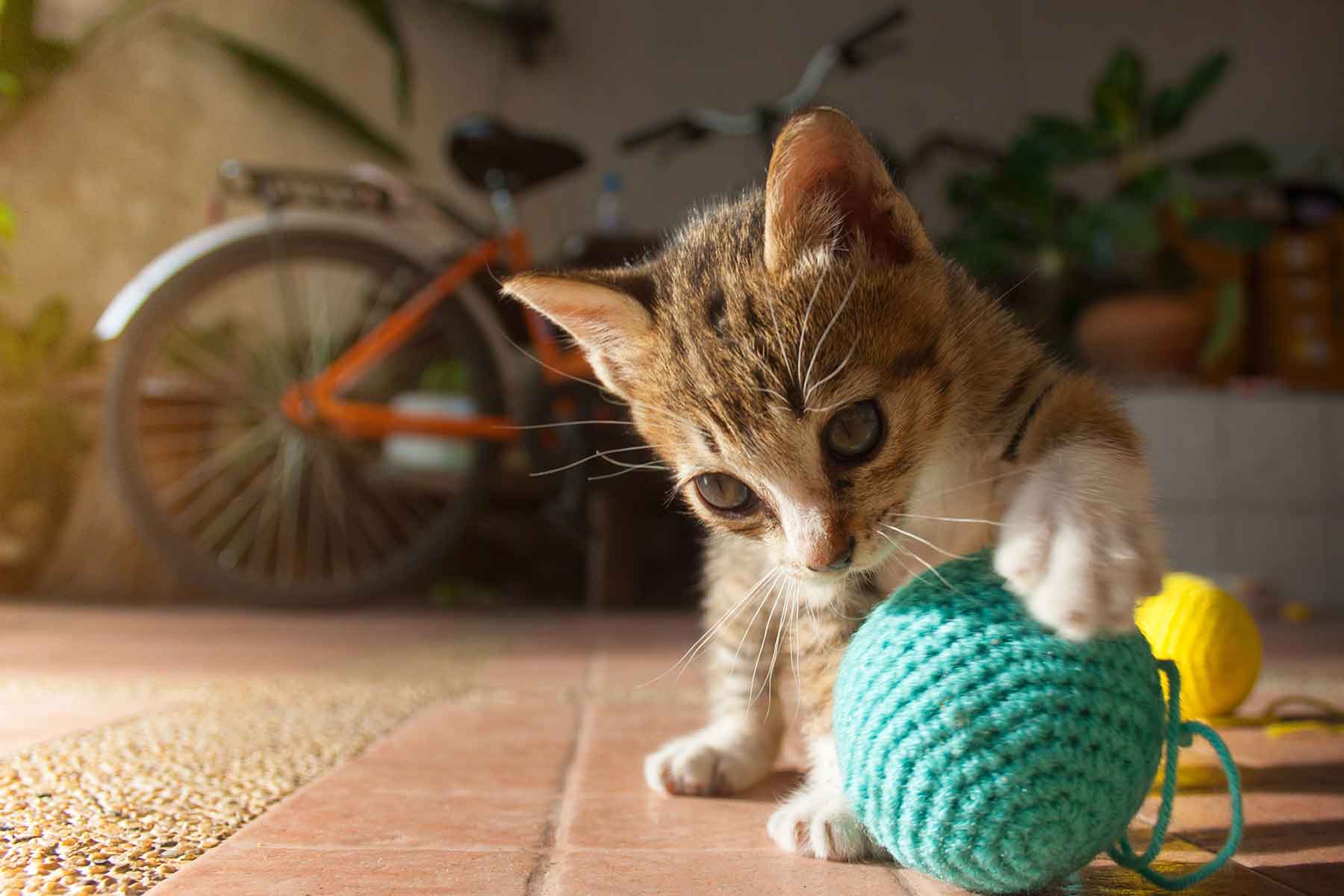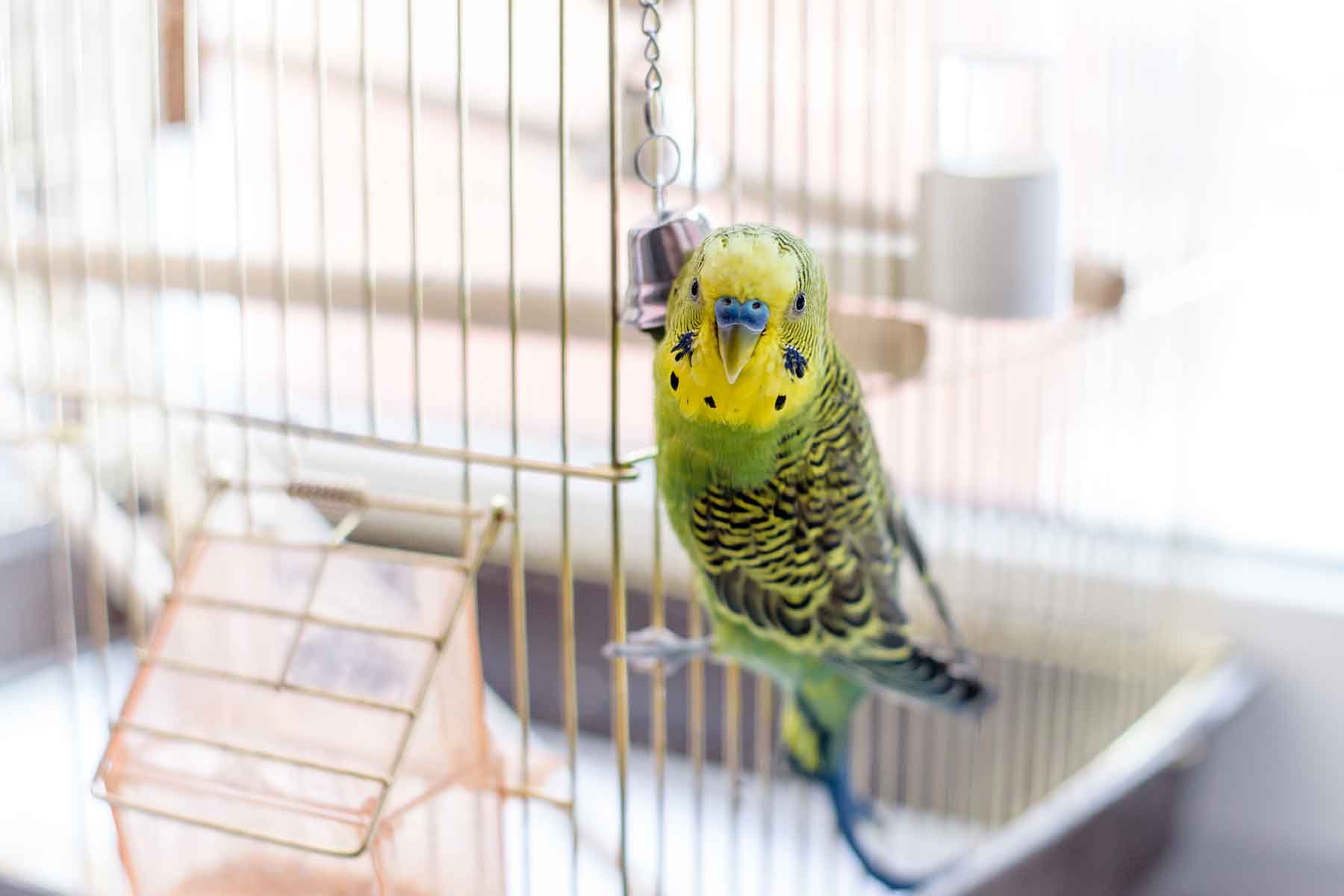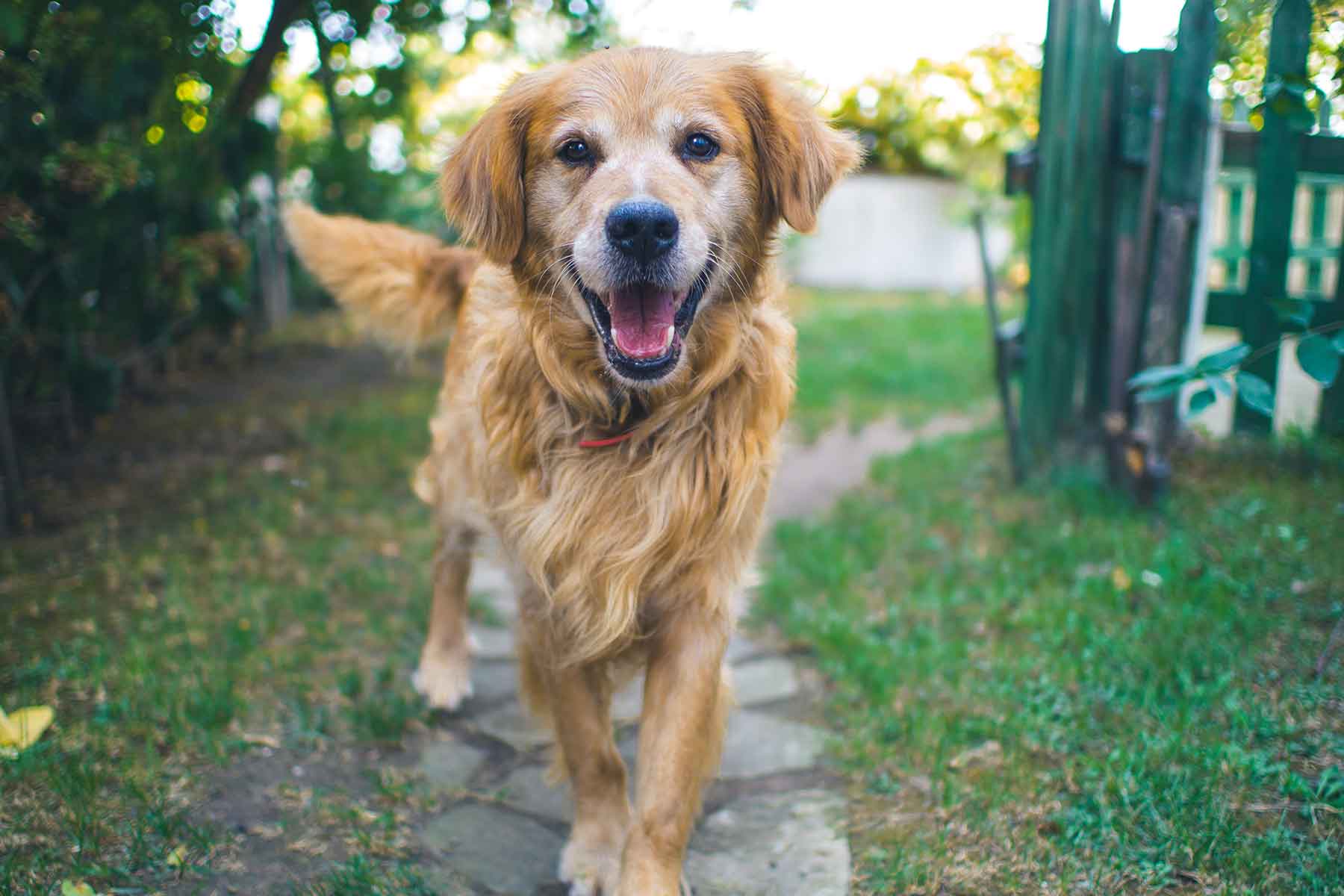There are two bands of fibrous tissue called the cruciate ligaments in each knee joint. They join the femur and tibia (the bones above and below the knee joint) together so that the knee works as a hinged joint.
They are called cruciate ligaments because they “cross over” inside the knee joint. The cranial cruciate ligament serves to limit the forwards movement of the tibia (the lower leg bone) relative to the femur (the upper leg bone). It also serves to limit hyperextension (over straightening) of the knee and internal rotation (turning in) of the tibia.
Cruciate ligament rupture is a common knee injury of athletes. These “acute” or sudden ruptures can occur in dogs, they are much less common than a process called “Cruciate Disease”. This is the name given to the complex of issues that occur in the knee as a result of cruciate injury.
Why does cruciate Ligament Disease occur?
Most commonly in dogs a chronic form of cruciate damage occurs due to weakening of the ligaments as a result of disease. The reasons for this are only partly understood. The ligament may become stretched or partially torn and lameness may be only slight and intermittent, but a process of inflammation, or arthritis, is occurring in the joint at the same time. With continued use of the joint, the condition gradually gets worse until rupture occurs in the course of normal activity. Many clients descried the patient yelping during activity and then becoming lame. The activity that ruptures the ligament does not need to be violent nor excessive. 90% of cruciate ruptures occur in this way. Because this is a degenerative process, the stifle joint will usually be arthritic before the cruciate disease is diagnosed.
How does traumatic cruciate injury occur?
The knee joint is a hinged joint and only moves in one plane, backwards and forwards. Traumatic cruciate damage is caused by a twisting injury to the knee joint. This injury usually affects the anterior or cranial (front) ligament. The joint is then unstable and causes extreme pain, often resulting in lameness.
How is cruciate injury diagnosed?
A careful review of the patient’s history and a complete physical examination is the first step. Many pets will “toe touch” and place only a small amount of weight on the injured leg. During the examination, the veterinarian will try to demonstrate a particular movement, called a drawer sign. This indicates laxity in the knee joint. Many dogs will require sedation or anaesthesia before this test can be performed due to the severe pain they are experiencing. Other diagnostic tests such as radiographs (x-rays) may also be necessary.
Is other joint damage common?
Once ruptured the stifle becomes unstable. The joint becomes more acutely inflamed and painful. The instability also leads to damage of the medial meniscus – a C shaped piece of shock absorbing cartilage located inside the joint. This is very commonly damaged and is a source of pain. We often feel a “Click” in the stifle of dogs with meniscal damage. If left unmanaged the stifle joint becomes thickened and chronically painful. The leg muscles may waste due to disuse.
Is an operation always necessary?
Dogs under 10kg may improve without surgery, especially aged patients. These patients are often restricted to cage rest for four to six weeks. Dogs over 10kg usually require surgery to heal. Unfortunately, most dogs will eventually require surgery to correct this painful injury.
What does surgery involve?
Surgery for cruciate disease aims to return patients to pain free function and slow the progression of degenerative joint disease. There are several ways this can be achieved. Selection of technique depends on what is best for your dog’s size, age and condition.
Traditional cruciate surgery techniques:
Aim to replace the function of the cruciate and passively stabilize the stifle joint. These involve placing a synthetic ligament on the outside of the joint capsule (“extra-capsular”)to take the place of the missing cruciate ligament. There are several specific techniques such as De Angelis and ISO toggle techniques.
Conventional techniques:
Aim to produce dynamic stability of the stifle, using the muscles to stabilize the joint. We change the way the joint works so as to not require the cruciate ligament. Various techniques described as TPLOs (tibial Plateau Leveling Ostectomies) are available. These are generally indicated in larger patents.
Stem Cells
Stem Cell treatment is now and easy adjunct procedure which can be performed during your dog’s surgery. Stem cells may aid in the recovery of the knee joint after surgery and potentially provide long term benefits to the joint. Ask our veterinarian about it.
Is post-operative care difficult?
It is important that your dog have limited activity for six to eight weeks after surgery. Provided you are able to carry out your veterinarian’s instructions, good function should return to the limb within three months. Unfortunately, regardless of the technique used to stabilize the joint, arthritis is likely to develop in the joint as your dog ages. There are a number of other important considerations to reduce your dog’s risk of long term arthritic degeneration within the joint. Weight control, specific diet suitable for joint disease, fish oil, glucosamine and chondroitin sulfate will all aid joint function. Pentosan polysulphate injections may also be recommended by your veterinarian in the immediate post operative period to help your dog. Our patients will receive physical therapy after the surgery to speed recovery and reduce complications. Your veterinarian will discuss your pet’s recommended post-operative care with you prior to surgery.
What option is best for my dog?
To do the best for your pet, we are able to offer all the options discussed at our hospital. Our team is available to discuss with you your needs and answer any questions you might have.











